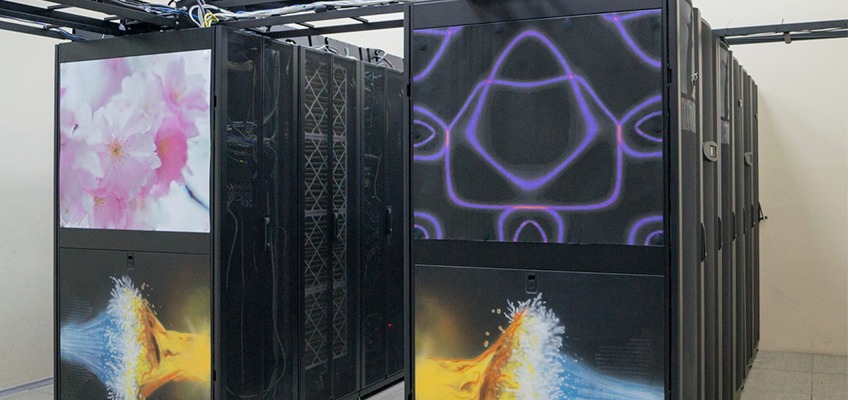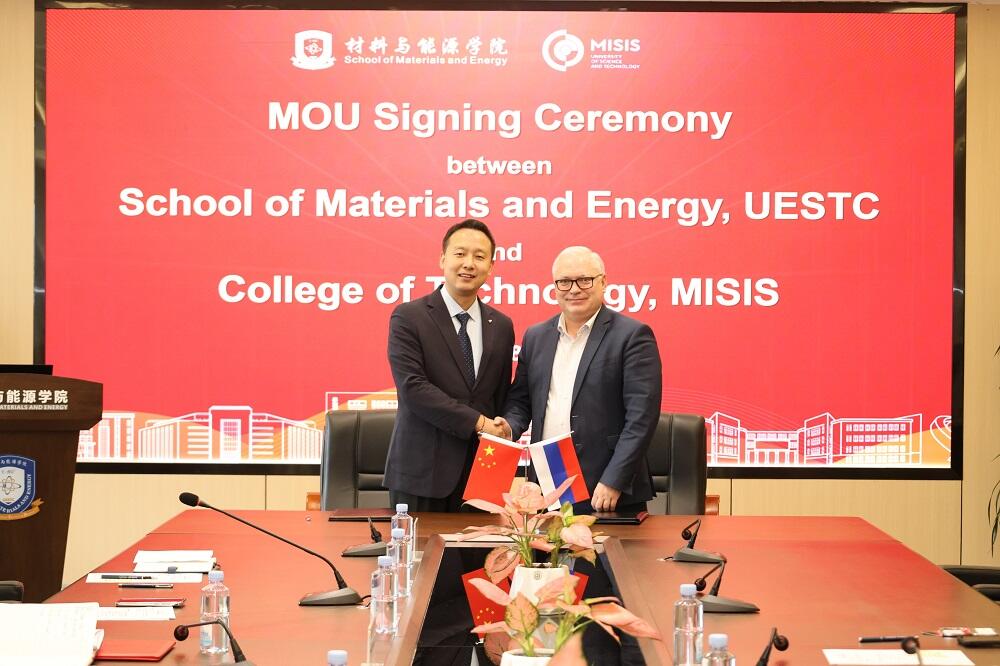Through the application of quantum mechanical modelling calculated with the use of computational capability, the Laboratory for the Modeling and Development of New Materials (NUST MISIS) research team, led by visiting professor I. Abrikosov (Linkoeping University, Sweden), theoretically substantiated the results of a unique experiment conducted earlier by Bayreuth University (Germany) scientists on metallic osmium compression under the extreme pressure of more than 7.7 million atmospheres.

The goal of our German colleagues’ experiment was the examination of crystallographic structure changes under ultra-high pressure. Osmium was selected as a test material because it possesses properties such as: high-density under normal pressure, one of the highest cohesive energies and melting temperatures, and very low compressibility similar to a diamond.
During the experiment a world scientific record was achieved when an extreme pressure under static compression measurement of 7.7 million atmospheres was reached. The previous record was 4 million atmospheres (400 GPa). State-of-the-art equipment was used in the project: an ultra-high pressure installation developed by Bayreuth University, synchrotrons by APS (USA), ESRF (France), and PETRA III (Germany) and supercomputers from Sweden and France. The world-record pressure was achieved through the implementation of micro-hemispheric nano-diamonds, which is an additional step when compared to the traditional method of diamond anvils. This development allows an extension of the pressure range in experiments on statistic compression to achieve pressure above 750 GPa (twice as high as the Earth’s core pressure).
The study has revealed the unprecedented structural stability of osmium. With an enormous pressure of about 770 GPa, it has the same structure as atmospheric pressure. At the same time, precise measurements of
“For the theoretical modeling of the experiment results the Laboratory for the Modelling and Development of New Materials” (NUST MISIS) supercomputer was used in this experiment. It ranks among the fifty top supercomputers in CIS countries. The peak capacity of the cluster is 33 teraflops or 33 trillion operations per second which provides the acceleration of information processing and the development and launch of new materials with these properties into the marketplace," said Alevtina Chernikova, Rector of NUST MISIS.
The research on different material behavior is significant for both fundamental physics and industry. Understanding the physics and chemistry of materials under high pressure helps to simulate the processes which occur in giant planets and stars, and also to synthesize materials that are used under extreme conditions.
“In this research we demonstrated that it is possible to achieve incredibly high pressure and at the same time control the condition of the tested material while capturing the smallest changes. We have shown the possibilities of contemporary theory with the help of computer modelling to solve complex puzzles which arise in such unique experiments. The theoretical and experimental techniques developed during this study will be applied in future research. They will lead us to a qualitative understanding of the behavior of materials and allow us to implement a significant task — to transform from a traditional trial and error approach to a scientifically based development of new materials and which enables us to reduce the time of development of such materials from
10-12 years to5-6 years in the nearest future,” stated Igor Abrikosov, head of the NUST MISIS research team.
Nature: https://www.nature.com/nature/journal/vaop/ncurrent/full/nature14681.html

